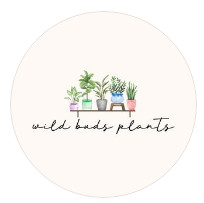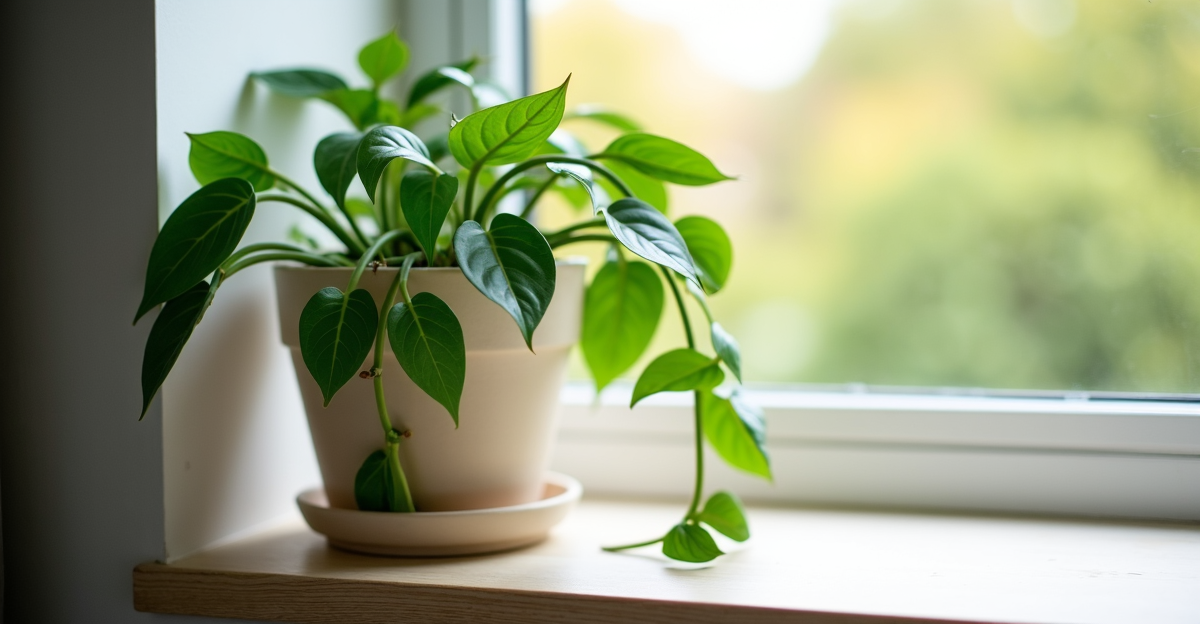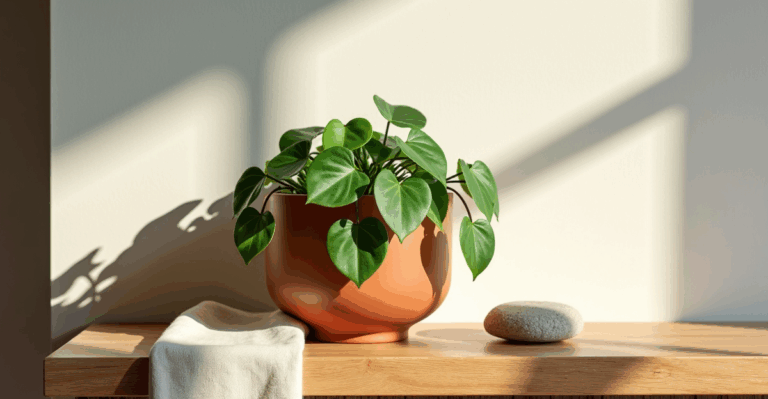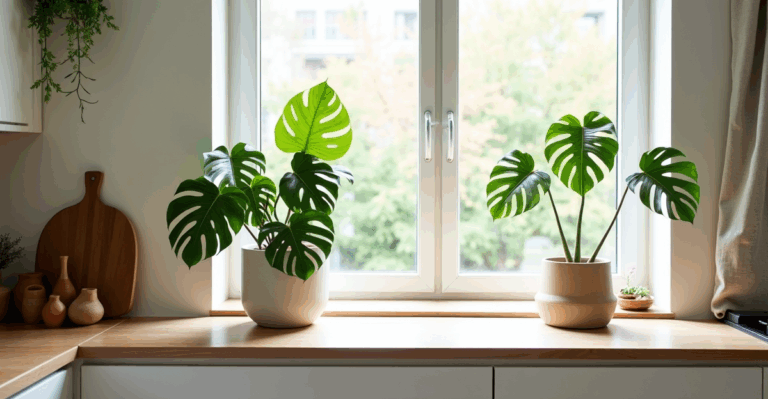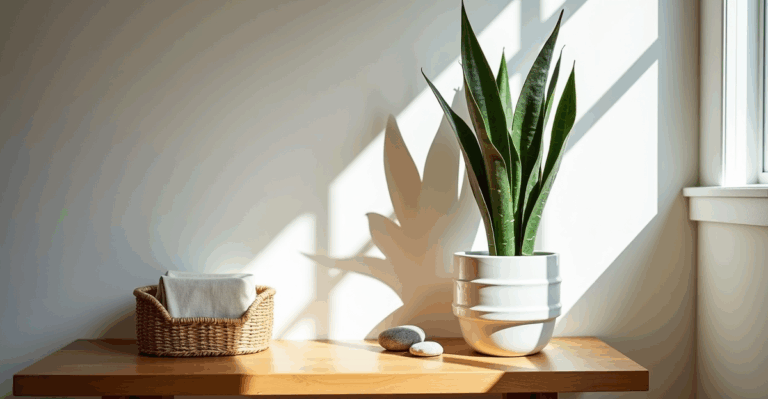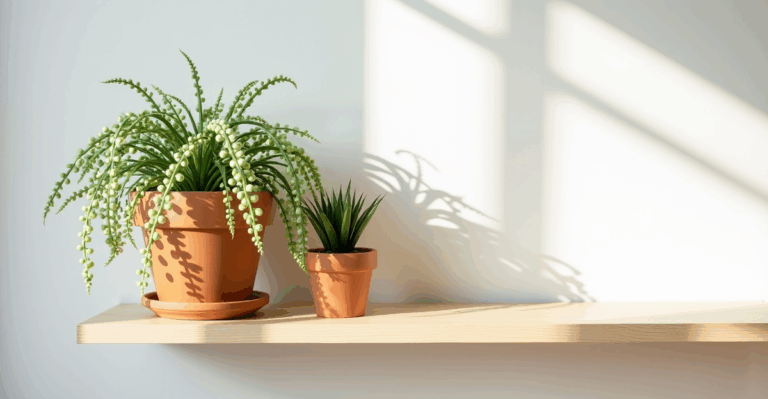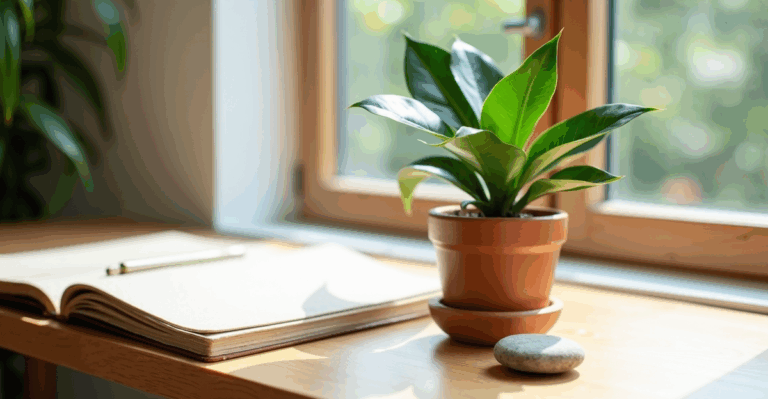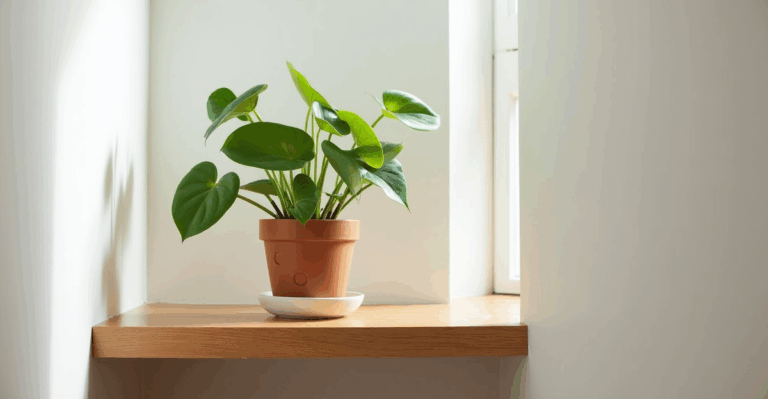Your First Three Potting Mixes: No More Guesswork, Just Happy Plants
We’ve all been there. You’re setting up your new peace lily on the windowsill, excited to finally grow real plants in your apartment. You grab a bag of “All-Purpose Potting Mix” from the store, scoop it into your plastic nursery pot, and plant away. Weeks later, the leaves yellow, the soil stays soggy, and you’re left wondering: Was it the light? The water? Or did I just kill my first plant? Spoiler: It was probably the mix. That bag of soil wasn’t designed for your indoor jungle—it was made for tomatoes. We’ve seen it countless times. Beginners get overwhelmed by options, buy the wrong mix, and end up with stressed plants instead of thriving ones. The good news? You don’t need a chemistry degree. Just three mixes to master, and you’ll skip most of the trial-and-error. Let’s ditch the guesswork and get you growing with confidence.
The Standard Mix for Most Houseplants
(Think: Pothos, Snake Plants, ZZ Plants, Monstera)
What most miss: That “all-purpose” bag is a trap. It’s packed with peat moss and moisture-retaining ingredients that thrive outdoors in garden beds but drown indoor plants in low-light settings. Most beginners use it for everything, then wonder why their snake plant’s roots are rotting.
The fix: A balanced, standard mix is your workhorse. It’s lightweight, drains well without drying out too fast, and supports most common leafy plants. We blend 2 parts potting mix (like FoxFarm Ocean Forest) with 1 part perlite or pumice. Why? Perlite creates tiny air pockets without breaking down like sand. Pumice is heavier but lasts longer. The result? Soil that holds moisture for a few days but dries out enough to prevent root rot in a typical apartment.
Real-life example: My friend’s pothos in a north-facing bedroom. She used a generic mix, watered weekly, and the soil stayed wet for weeks. After switching to our standard mix (with perlite), she only waters every 10 days, and the plant’s new growth is vibrant. The key? That mix let her stop overwatering because it drained properly.
Edge cases & trade-offs: This mix doesn’t work for succulents (they need faster drainage) or humidity-lovers like calatheas (they need more moisture retention). If you have a south-facing window and water only when the top 2 inches are dry, it’s still great. But in a low-light room with a humidifier? You might need to adjust to the moisture-retentive mix below.
Implementation tip: Always use a pot with drainage holes. Plastic pots hold moisture longer than terra cotta—so if you’re using plastic, let the top 2–3 inches dry out before watering. Never let a plant sit in a saucer full of water (that’s a quick path to root rot).
The Fast-Draining Mix for Sun-Lovers
(Think: Snake Plants, Succulents, Cacti, Echeveria)
What most miss: People think “cactus mix” is just for cacti. But it’s essential for any plant that gets bright light. Using a standard mix for a snake plant on a sunny windowsill? You’re inviting root rot in a week. The mix isn’t the problem—it’s the light that dries it out too fast.
The fix: A fast-draining mix prioritizes airflow over moisture retention. We use 1 part all-purpose mix, 1 part coarse sand or pumice, and 1 part orchid bark. The bark adds structure so roots don’t smother, and the sand/pumice ensures water flows through fast. This is non-negotiable for plants that prefer dry soil between waterings.
Real-life example: My own succulent collection on a south-facing window. I used to use standard mix—and every winter, I’d find a dead stem. Switching to this fast-draining mix (with pumice, not sand—sand can compact) meant I only watered monthly in winter. The plants finally stopped shriveling and started growing new offsets.
Edge cases & trade-offs: Don’t use this for low-light plants like philodendrons (they’ll dry out too fast and drop leaves). Also, it’s not ideal for LECA systems (more on that later). If you have a humid apartment (like a coastal city), add a tiny bit more sand to combat the extra moisture.
Implementation tip: Terra cotta pots are your best friend here. They absorb moisture, mimicking the natural soil drying process. Water thoroughly until it runs out the bottom, then empty the saucer. If your pot doesn’t have drainage holes? Drill them first. It’s faster than repotting later.
The Moisture-Retentive Mix for Humidity Seekers
(Think: Calatheas, Ferns, Spider Plants, Prayer Plants)
What most miss: Humidity-loving plants don’t just need misting—they need soil that holds moisture without becoming waterlogged. The standard mix drains too fast for them, making them thirsty. But a mix too heavy (like pure peat moss) suffocates roots.
The fix: This mix uses ingredients that hold water but still let air through. We blend 2 parts potting mix, 1 part coconut coir (not peat—it’s more sustainable and holds moisture better), and 1 part perlite. Coconut coir is like a sponge that releases water slowly as the plant needs it. The perlite prevents compaction.
Real-life example: My calathea in a LECA setup (that’s LECA—clay pebbles, for those new to it). I tried using standard mix in the LECA container, but the roots kept drying out between waterings. Switching to this moisture-retentive mix (with coir) meant the plant stayed hydrated for 3–4 days, even in dry winter air. No more crispy leaves!
Edge cases & trade-offs: This mix doesn’t work for plants that hate wet feet (like snake plants). Also, it’s prone to mineral buildup if you use hard water—flush with distilled water every few months. And if you’re in a very low-light room (like a basement), you’ll need to water less often—maybe every 7–10 days—since less light means slower evaporation.
Implementation tip: Use a pot with drainage holes but place it in a cachepot or on a tray to catch excess water. This way, you get the moisture retention from the mix but avoid sitting in pooled water. For extra humidity, group plants together or use a pebble tray (but don’t let the pot sit in water).
Why Your Mix Choice Matters More Than You Think
We’ve all seen the “perfect” plant on Instagram—lush, green, thriving. But behind the scenes, it’s not magic. It’s about matching the mix to the real conditions of your home:
– Window light: South-facing = fast-draining needed. North-facing = moisture-retentive preferred.
– Season: Winter = less water, slower drying. Summer = more water, faster drainage needed.
– Planter material: Terra cotta = natural drying. Plastic = holds moisture longer (adjust watering accordingly).
The biggest mistake beginners make? Using the same mix for everything. A snake plant in a plastic pot on a sunny windowsill? Standard mix will drown it. A calathea in a north-facing bedroom? Standard mix will let it dry out too fast. Your mix must adapt to your space.
Key Takeaways
- Standard mix (potting mix + perlite) works for 80% of common houseplants in average indoor conditions.
- Fast-draining mix (sand/pumice + orchid bark) is mandatory for succulents and sun-loving plants.
- Moisture-retentive mix (coir + perlite) is your secret weapon for humidity-loving plants in dry homes.
When you’re ready to grow your setup, explore our 3D-printed planters.
